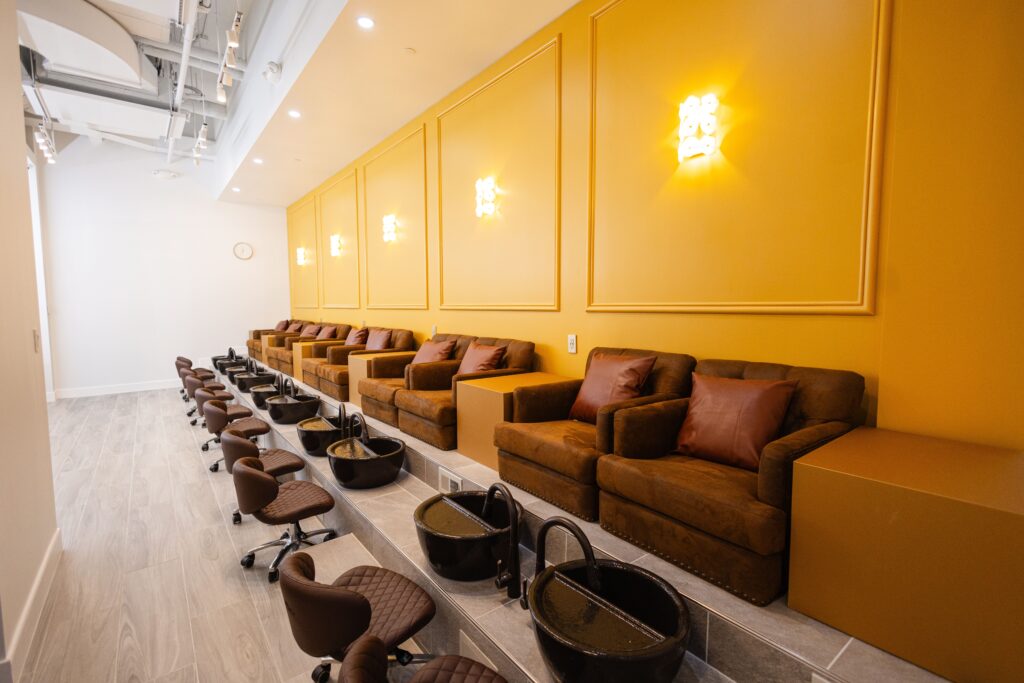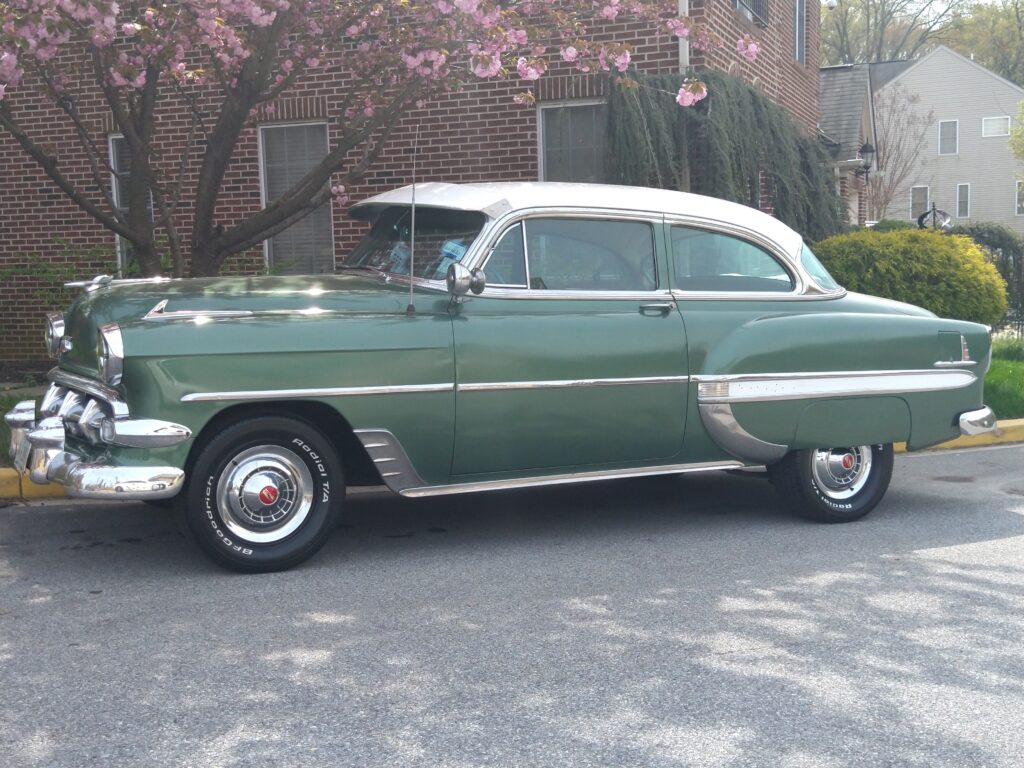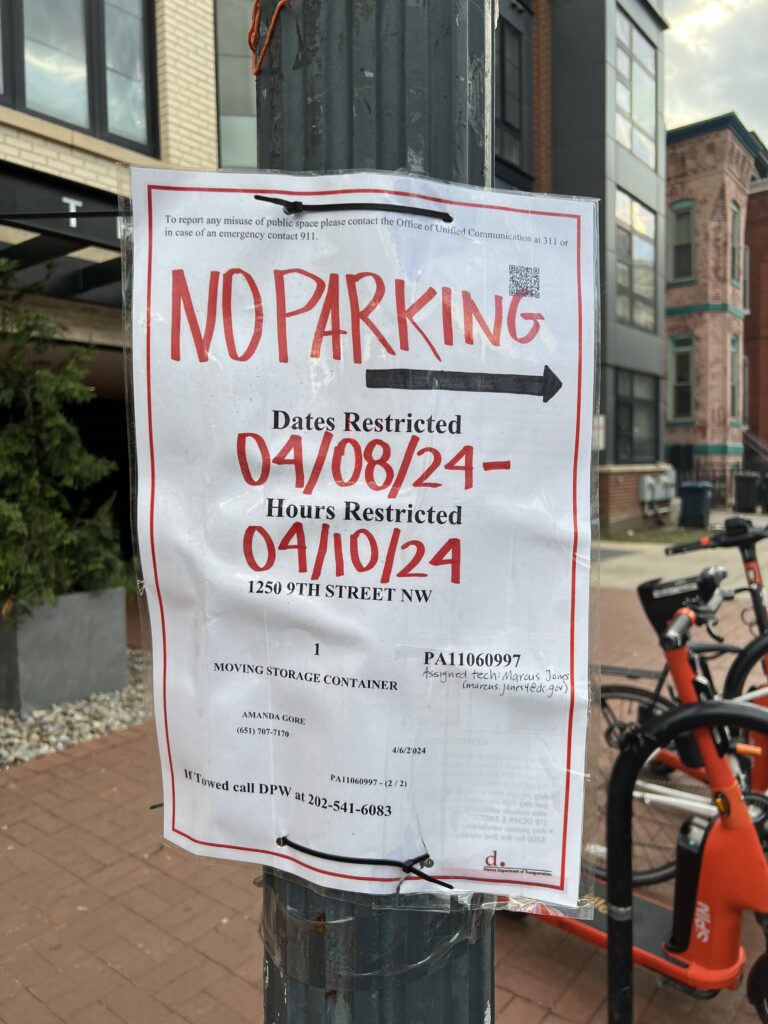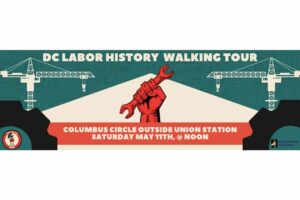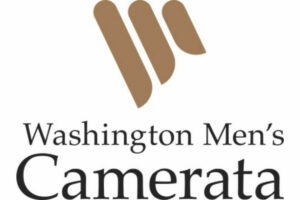Streets of Washington, written by John DeFerrari, covers some of DC’s most interesting buildings and history. John is the author of Historic Restaurants of Washington, D.C.: Capital Eats, published by the History Press, Inc. and also the author of Lost Washington DC.
The Prohibition era in Washington saw the rise of speakeasys and glitzy nightclubs, like Le Paradis on Thomas Circle, which we profiled last March. But the end of Prohibition in March 1934 did not bring an end to the supper club era. On the contrary, supper clubs flourished across the country, and Washington had plenty of them. Silken-voiced singers and lush orchestras continued to offer people an escape from the hard economic realities of the Depression. Exotic décor heightened the sense that one was fleeing to another place and time, to somewhere simpler and more romantic. These were the golden years of the supper clubs, a unique era when dining and entertainment were more closely linked than ever before or since.
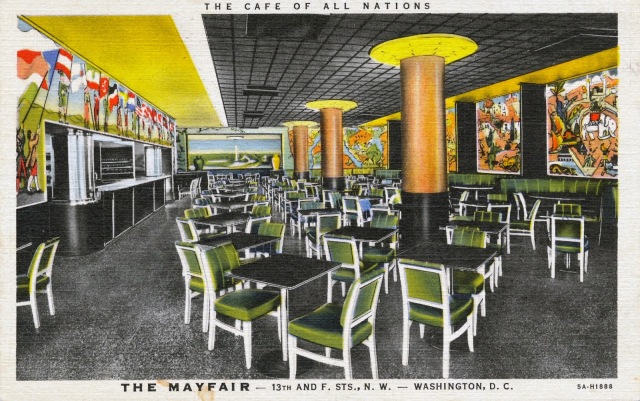
Postcard view of the interior of the Mayfair, circa 1935 (author’s collection).
Fourteenth Street downtown hosted some of the biggest supper clubs, including the Casino Royal and Lotus Restaurant, but there were many others, including popular night spots at most of the city’s major hotels. One club that opened in 1935, the year after Prohibition ended, was the Mayfair Restaurant, nicknamed the “Café of All Nations.” It was located in a new office building at 13th and F Streets NW, in the heart of Washington’s theatre district. Within a block or two were the National and Warner theaters as well as the Palace and Capitol movie theaters. The restaurant quickly became one of the city’s most popular after-theater spots.
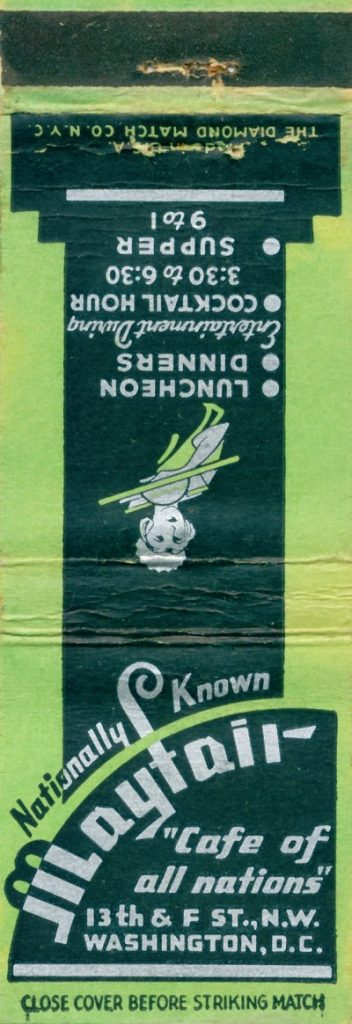
An early matchbook cover from the Mayfair (author’s collection).
The Mayfair drew chefs from the University Club and the Carlton Hotel. Its stylish art deco dining room was decorated by Ziegfeld Follies artist Lillian Roland, who painted colorful murals of scenes from around the world along one side and a long mural of the flags of every nation on the other. The white chairs and banquettes were upholstered in turquoise fabricoid, one of the new synthetic fabrics that were coming into wide use, and were complemented by sleek black and chrome tables and wall fixtures. Waitresses were individually attired in the native garb of different nations, all carefully researched through the National Geographic Society. The poor waitress who was stuck with the Dutch costume even had to wear wooden shoes.
An early Thursday evening dinner menu offered typical 1940s restaurant fare: a choice of broiled Carolina shad, filet mignon with sautéed mushrooms, glazed York ham in champagne sauce, or roast beef New York au jus with brown gravy. With appetizer, vegetables, and dessert included, this dinner would set you back 85 cents.
The Mayfair’s entertainment was a mixture of light vaudeville, stand-up comedy, and mainstream singing and dancing—perhaps a shade less racy than the fare at the 14th Street joints. The now-forgotten acts that played at the Mayfair included long-reigning pianist and singer Jack Campbell; Milbourne Christopher and his “black magic”; Otis Manning, billed as a “magician moderne”; pianist Wes Warren and singer Mildred Bodes (his wife); comedian Leo Lisee “with ditties, jokes, and personality”; and Lady Anez, “who finds things of rare interest in her crystal.”
During the World War II years, supper clubs like the Mayfair provided a respite from wartime hardships for servicemen and civilians alike. Supposedly one day shortly after Pearl Harbor a group of businessmen were lunching at the Mayfair and one of them exclaimed “Holy Smoke! Look at that Jap flag!” Of course the mural of flags of all nations included the Japanese flag. A black cloth was hurriedly hung over the flag, and plans were immediately set to paint the flag a pure white on the day the war ended.
One night in 1942 a couple of sailors from the Navy Yard had a few too many drinks at the Mayfair, and the management called the police to have them removed. As the two cops dragged the intoxicated sailors out to their squad car, an all-out brawl ensued when other patrons began accosting the police officers and even tearing their shirts. Nearly 1,000 people joined what The Washington Times-Herald called “a good-sized riot,” demanding the sailors be released and protesting police roughness. The police sent out a riot call, and soon half a dozen squad cars descended on the Mayfair. By then one of the original two officers had clubbed a young woman, Camelia LaPaglia, on the head with his nightstick after she appeared to lunge at the other officer with a knife. It turned out that LaPaglia, who lived in the Chastleton on 16th Street and had a friend in the Navy, was actually just wielding an umbrella. In the end, four servicemen were charged with assault and disorderly conduct, as was Miss LaPaglia, who admitted tearing one of the officer’s shirts. She was treated at Emergency Hospital for her head wound and then released on $30 bond. “Five Seized as Riot Flares in Theater District Here” was the headline in the Times-Herald the next day.
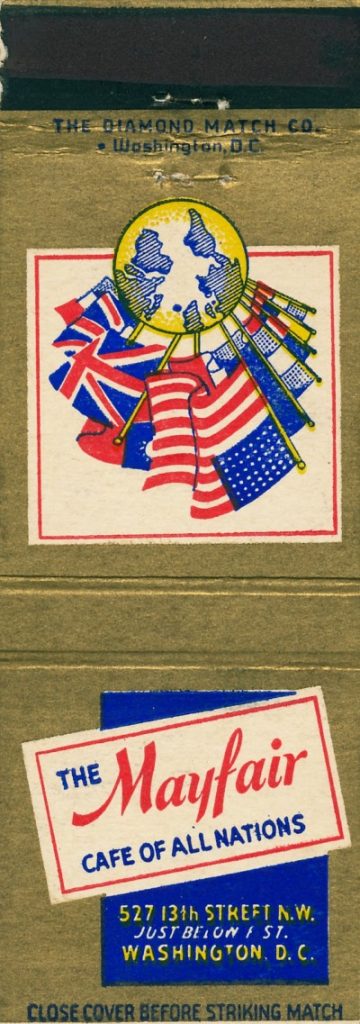
Matchbook cover from the early 1960s (author’s collection).
The Mayfair never witnessed such drama again. After the war, it continued to be popular, but the “café of all nations” theme was eventually de-emphasized. After a change of owners in the mid 1950s, it was rechristened the Mayfair Lounge and began featuring jazz musicians and Caribbean music. In early 1962, Washington Post nightlife reporter John Pagones noted that the Mayfair had booked a “Dixieland crew” of six musicians. Later that year it hosted two rock ‘n roll bands, Ronnie and the Offbeats and Cal and the Peppermints, that played mostly twist songs. Pagones was fascinated by the young dancers he observed at the club:
The accent is mostly Twist with a bit of rock ‘n’ roll flung in…. A social commentary on our times can certainly be drawn by anyone watching a group of young twisters. By and large these effervescent creatures move with real grace, if you can call the jerky movements of the Twist graceful. And they have stamina, too, for some of the numbers seem as interminable as the dance marathons of the early 40s. When young people are having fun, normally you can see it by their facial expressions. But not on a Twist floor. As expressive as their bodies are, their faces are utterly blank. But the moment they get off the dance floor, liveliness and animation return….
The liveliness and animation were apparently not enough to keep the Mayfair going. Downtown as an entertainment destination was already in steep decline by the early 1960s, and the Mayfair was shuttered by 1965. Around the country, the supper club era was fast coming to a close.
Recent Stories
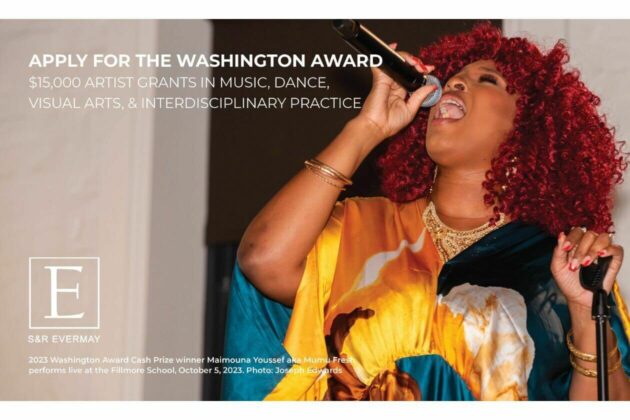
We are excited to announce that the 2024 Washington Award application opened today!
The 2024 Washington Award offers four cash prize awards of $15,000 for individual artists working in the field of music, dance, visual arts, and interdisciplinary practice (one award per category). This award, one of the largest grants in D.C. available to individual artists, provides unrestricted cash support to artists at critical moments in their careers to freely develop and pursue their creative ideas.
Since its inception in 2001, the Washington Award has recognized artists in music, dance, interdisciplinary practice, and visual arts. In a renewed commitment to supporting the artistic community of Washington DC, the Washington Award is eligible to DC artists who prioritize social impact in their practice.
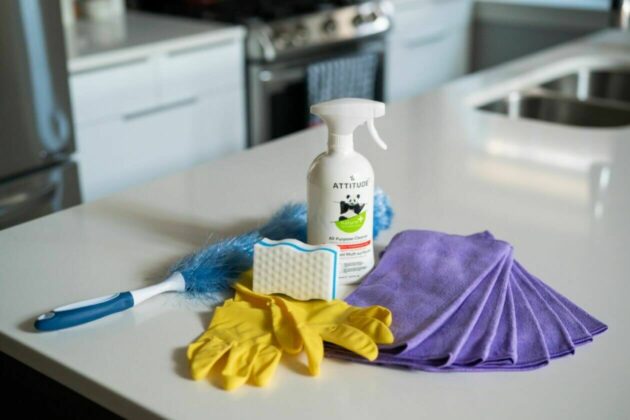
Unlike our competitors, Well-Paid Maids doesn’t clean your home with harsh chemicals. Instead, we handpick cleaning products rated “safest” by the Environmental Working Group, the leading rating organization regarding product safety.
The reason is threefold.
First, using safe cleaning products ensures toxic chemicals won’t leak into waterways or harm wildlife if disposed of improperly.
DC Labor History Walking Tour
Come explore DC’s rich labor history with the Metro DC Democratic Socialists of America and the Labor Heritage Foundation. The free DC Labor History Walking Tour tour will visit several landmarks and pay tribute to the past and ongoing struggle
Frank’s Favorites
Come celebrate and bid farewell to Frank Albinder in his final concert as Music Director of the Washington Men’s Camerata featuring a special program of his most cherished pieces for men’s chorus with works by Ron Jeffers, Peter Schickele, Amy


